False (teeth) narratives
I recently attended a reunion of old friends, i.e., going way back, but definitely wiser. Part of this wisdom, at least for me, was the realization that with age comes … weaker teeth.
I used to have teeth that could tear into flesh, nuts and pork rinds with no concern at all. At our get-together, I tried some vinegar-softened chicharon, vegan cracklets, and lechon skin. On my way home, I felt the impact of my gluttony: my jaw seemed in need of a lube job and my not-so-pearly whites were smarting from the chomping effort.
While I was growing up, I equated good teeth with youth—after all, I was dubbed “Prince of Smile” at our elementary school and most of my friends had a complete set, at least those who took the time to floss and brush regularly.
I deduced at an early age that as people age, they begin to lose teeth the way they shed hair. You’ve probably heard a story or two about a lola whose pustiso drops to the plate while eating, only to be casually picked up, rinsed in a glass of water, and popped right back into the mouth with a cheeky but genuine smile. Sometimes, the dentures land on the floor, leading to a chase scene where the house dog runs away with it.
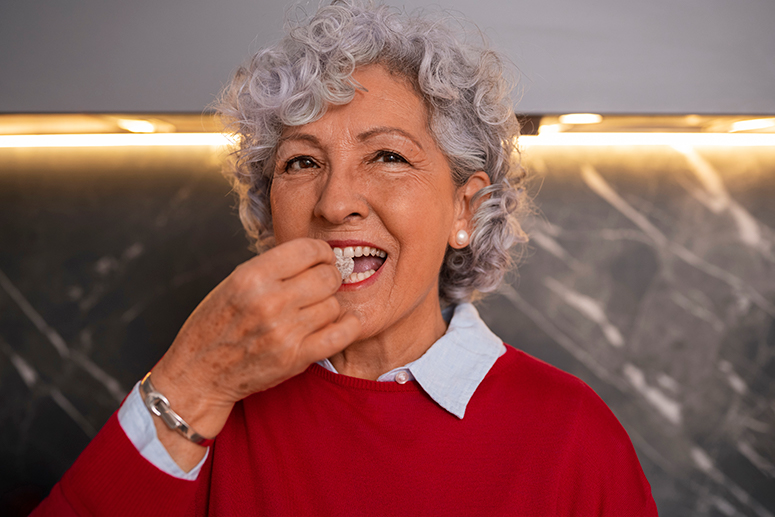
For pranksters, dentures served a more insidious purpose: Those choppers, particularly a full set of upper and lower dentures, are guaranteed to induce nightmares when waved before a child’s face.
My observation was incomplete, it seems, because losing teeth is totally preventable, especially with advances in dental care.
Dental hygiene is, and had always been, an expensive exercise. Back in the day, regular dental visits were rare until pain was involved. Efforts to save teeth were minimal, and folks traumatized by dental drills would often prefer an anesthetized extraction. But as more teeth are sacrificed, there arises a greater need for dentures–to prevent gaps between the remaining teeth, for aesthetics, and for better mastication.
Dentures were then called “false teeth,” and they looked the part. With proper fit and color combination, however, they could pass off for the real McCoy.
Meanwhile, kids from that era were largely left to their own devices, like toothbrushes either too soft or too hard, and toothpaste with mint-flavored borax or active charcoal. For those lucky enough to have braces, it was more of an engineering experiment than an aesthetic investment.
Brace yourself!
Braces of around five decades ago were clunky, painful, totally indiscreet, and resembled scaffolding for tiny jaws. And they were so expensive that they doubled as class markers: the shinier your mouth, the more loaded your dad was, as if those metallic wires and brackets were made of gold.
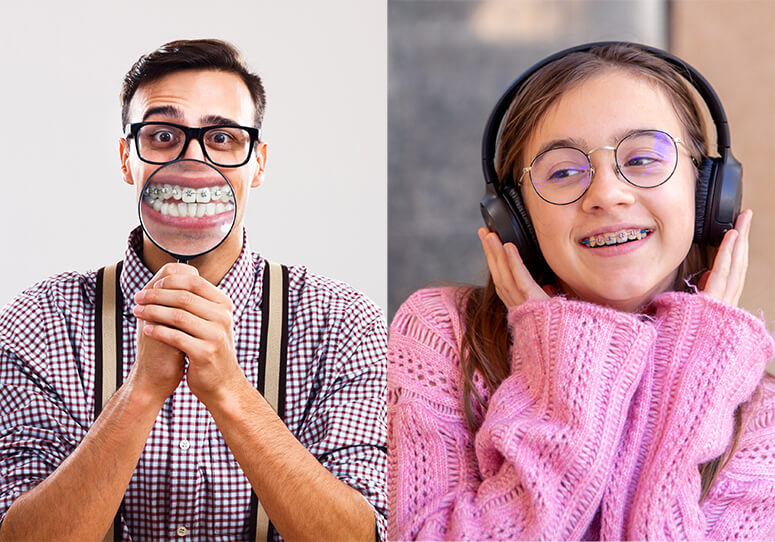
Through the years, braces have undergone a full glow-up. They now come in sleek designs, pastel hues, and invisible versions with neon-colored elastic ties. Even the nomenclature has changed. The term “braceface,” popularized by the 2001 animated series of the same name, has all but disappeared. We now hear the highly technical “fixed orthodontic appliance.”
What hasn’t changed is the cost. As a cosmetic procedure, having braces will set you back by around P45,000 to P200,000, inclusive of PF, while retainers, on average will require an additional 10-25 grand.
The wealth of incisors
Believe it or not, dental health is a recognized indicator of national development. According to the World Health Organization, 60% to 90% of schoolchildren globally have dental cavities, but the figures are significantly lower in countries with good dental care. In short: The better the teeth, the richer the country—or at least, the more it invests in fluoride. It’s a mirror image of the social microcosm.
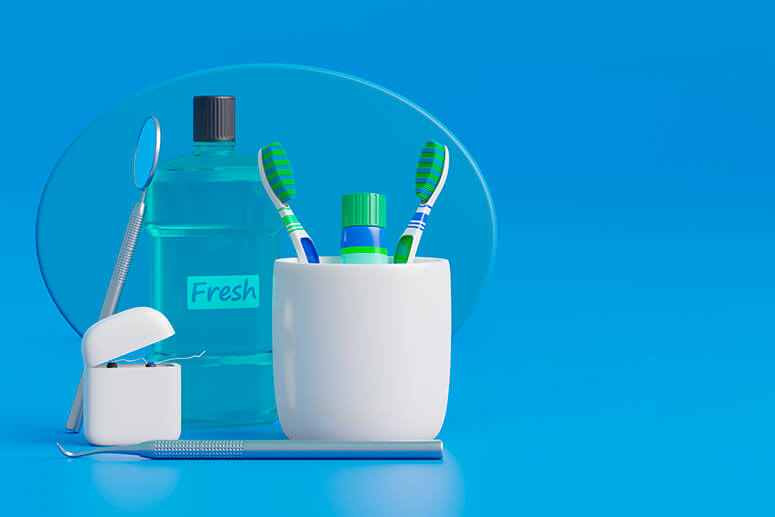
Adam Smith might have failed to mention dental care in Wealth of Nations, but the idea that a nation’s wealth depends on the productivity and well-being of its people might as well apply to teeth. In modern societies, oral health impacts nutrition, communication, confidence, and employability. Even his emphasis on the division of labor gels neatly with the rise of dental specialization. Countries with robust economies tend to have full dental ecosystems: orthodontists, periodontists, prosthodontists, pediatric dentists, and the occasional socmed influencer hygienist—a complex workforce the presence of which signals wealth as well as the commitment to sustain it, one molar at a time. Let’s call it the invisible hand ... holding a toothbrush.
The tooth fairy multiverse
Across generations and cultures, the fall of a tooth is often marked by ritual, where the Tooth Fairy—yes, that magical creature immortalized by Dwayne Johnson in his 2010 movie—reigns supreme, slipping coins beneath pillows in the dead of night in exchange for the tooth, the whole tooth and nothing but the tooth.
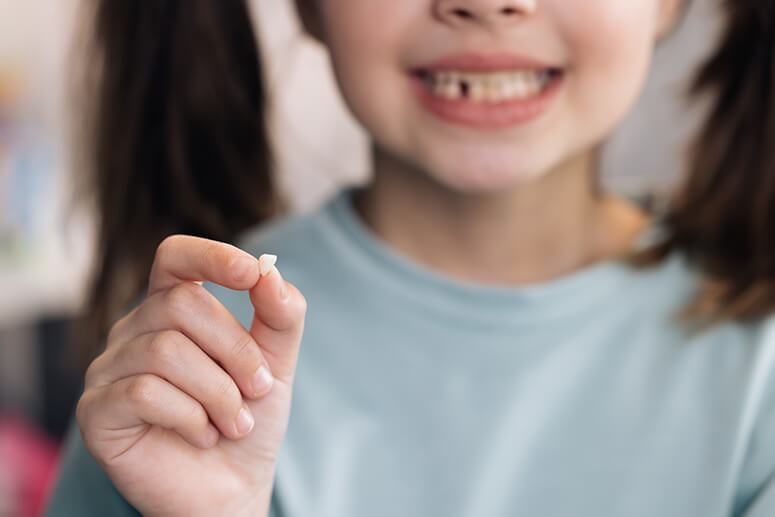
In parts of rural Philippines, lost teeth from the upper jaw are thrown onto rooftops, while lower jaw teeth are buried, with the hope that their replacements grow in the right direction. This form of strategic dental feng shui is backed by neither science nor orthodontics, but it remains charmingly persistent.
In Korea, children used to chant to magpies as they tossed teeth onto roofs, believing the birds would carry them off and bring better ones in return. In Turkey, teeth were buried near mosques or schools to guide the child’s destiny, while in Spain and Latin America, the Tooth Fairy is a well-dressed mouse named El Ratoncito Pérez, who sneaks into bedrooms at night and leaves gifts. (It can be argued that this is more unsettling than a fairy with a tooth fetish, but it really all depends on your tolerance for rodents.)
Tools of the trade
Modern dentistry has become a billion-dollar industry. Gone are the days of twigs and saltwater rinses. Now, there are sonic toothbrushes, smart flossers, tongue scrapers, fluoride foams, whitening gels, and charcoal pastes that look like they were harvested from Mordor. There are influencers with 8-step nighttime oral routines and YouTube channels devoted entirely to dental ASMR. It’s a virtual economic community.
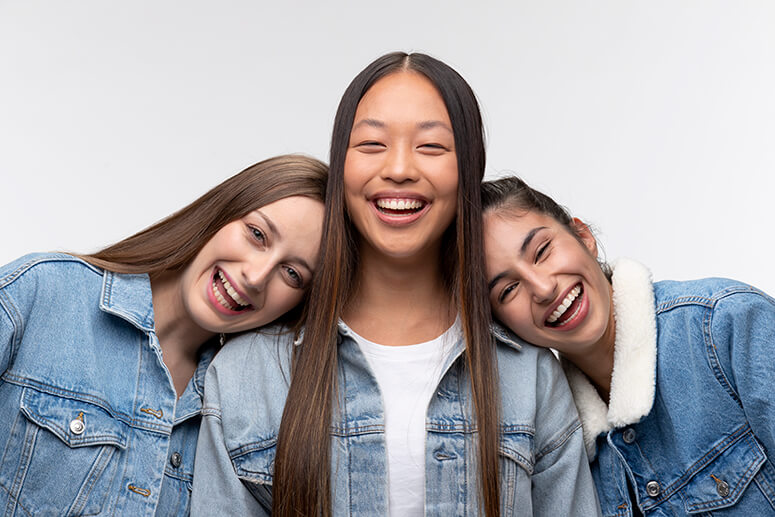
At the end of the day, it’s the smile that truly matters. Smiles can sell toothpaste, win pageants, close deals, and launch careers. Gap teeth, no teeth, or bad breath are no longer acceptable in this PC, Instagram-ready world. Still, a great smile isn’t about the number of teeth you still have, but how you use them. Whether they’re natural, soaking in a glass in the bathroom while you sleep, or glistening in your mouth like a Maserati in the garage, it’s all part of the human experience.
Just make sure not to drop your dentures when the dog’s around. This could give new meaning to “chew toy” and “toothless grin.”


